Users of buildings
In the construction industry, the term ‘user’ or ‘users’ typically refers to any persons, groups or organisations who use property or land as an occupier, owner, tenant, visitor or other stakeholder. For example, members of the public might be users of shops, hospitals, libraries, and so on.
A user can also be referred to as an end-user, which indicates that the ‘end’ is the completion of building, i.e. when it can be used for its designed purpose. A common domestic building end-user is a resident, that is, an individual who uses the building as a residence on a permanent or long-term basis.
The type of users will depend on the use class of a building, i.e. what it is used for. The Town and Country Planning (Use Classes) Order categorises uses of land and buildings. Developments may not be used for purposes that are not within the use class for which they received planning permission.
For example, the users of an office building will include those who use the building as their place of work; the users of school building will include those who attend the school as pupils, those who attend the school as employees (i.e. teachers, support staff), and those who attend the school at open events, such as parents; the users of a hotel building will be those who pay to stay in the hotel as guests and those who work there as staff, and so on.
The users of a building may be very diverse, and may have conflicting needs. It is very important therefore that all user groups are properly represented when developing the brief and design for a new building, or for changes to an existing building.
User panels are specialist groups made up of people who will use a development when it is completed and who can contribute to briefing and design development. User panels might be involved in the development of:
- The strategic brief.
- The project brief.
- The concept design.
- The detailed design.
- Key components of the technical design.
It is common for a non-technical 'building user’s guide' (BUG) to be published on completion of a building, containing information for users about various things such as the principles behind the design of the building and how these affect its operation, the building's standard of performance, energy efficiency measures, access, security and safety systems, and so on. The building user's guide should be written as if the user knows nothing about the systems being described.
There may also be a building owner's manual and a technical guide.
It is good practice to obtain feedback from users about the performance of completed developments to help correct defects, fine tune systems and compile lessons learned than may be relevant for future projects. For more information, see Soft landings.
NB Smart Building Overlay to the RIBA Plan of Work, published by the RIBA in 2024, states: ‘Smart buildings put focus on designing the experience of buildings for users – making them human-centric rather than technology-centric.’
[edit] Related articles on Designing Buildings
- Building owner's manual.
- Building users guide.
- Client.
- Customer.
- End-user.
- How to write a building user guide.
- Occupier.
- Resident.
- Stakeholders.
- Tenant.
- Usability.
- Use class.
- User acceptance.
- User experience.
- User interface platforms.
- User journeys.
- User panels.
- User personas.
- User stories.
- Visitor flow.
Featured articles and news
Building Safety Regulator reforms
New roles, new staff and a new fast track service pave the way for a single construction regulator.
Cooling centres and cool spaces
Managing extreme heat in cities by directing the public to places for heat stress relief and water sources.
Winter gardens: A brief history and warm variations
Extending the season with glass in different forms and terms.
Restoring Great Yarmouth's Winter Gardens
Transforming one of the least sustainable constructions imaginable.
Construction Skills Mission Board launch sector drive
Newly formed government and industry collaboration set strategy for recruiting an additional 100,000 construction workers a year.
New Architects Code comes into effect in September 2025
ARB Architects Code of Conduct and Practice available with ongoing consultation regarding guidance.
Welsh Skills Body (Medr) launches ambitious plan
The new skills body brings together funding and regulation of tertiary education and research for the devolved nation.
Paul Gandy FCIOB announced as next CIOB President
Former Tilbury Douglas CEO takes helm.
UK Infrastructure: A 10 Year Strategy. In brief with reactions
With the National Infrastructure and Service Transformation Authority (NISTA).
Ebenezer Howard: inventor of the garden city. Book review.
The Grenfell Tower fire, eight years on
A time to pause and reflect as Dubai tower block fire reported just before anniversary.
Airtightness Topic Guide BSRIA TG 27/2025
Explaining the basics of airtightness, what it is, why it's important, when it's required and how it's carried out.
Construction contract awards hit lowest point of 2025
Plummeting for second consecutive month, intensifying concerns for housing and infrastructure goals.
Understanding Mental Health in the Built Environment 2025
Examining the state of mental health in construction, shedding light on levels of stress, anxiety and depression.
The benefits of engaging with insulation manufacturers
When considering ground floor constructions.
Lighting Industry endorses Blueprint for Electrification
The Lighting Industry Association fully supports the ECA Blueprint as a timely, urgent call to action.

















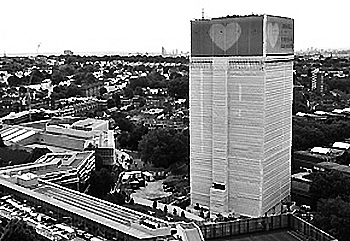
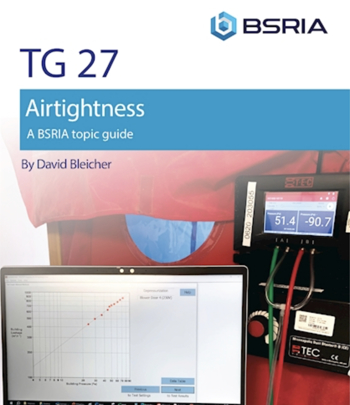

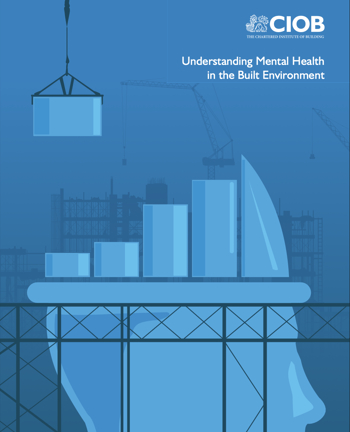
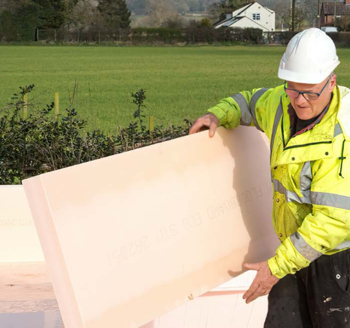
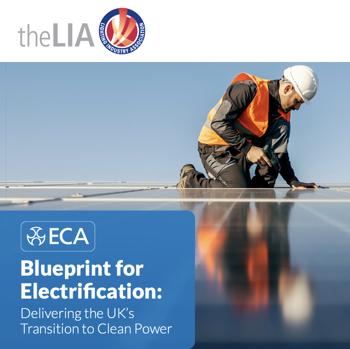
Comments